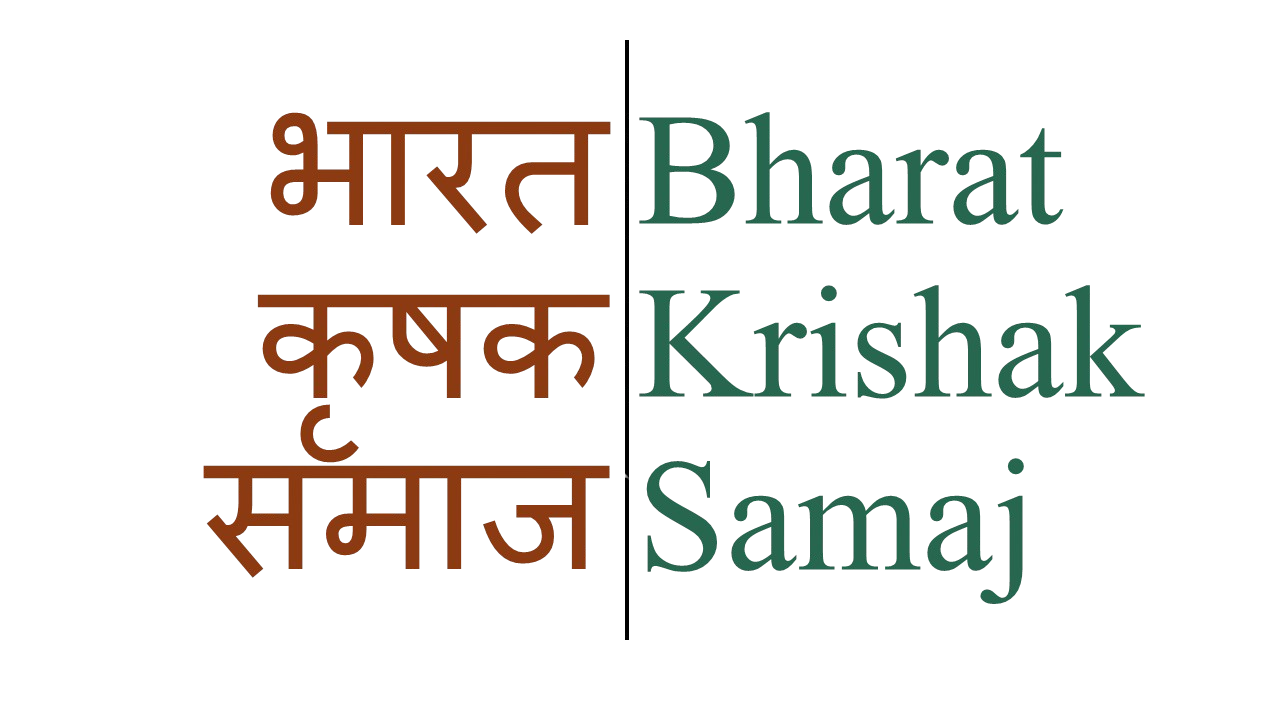Farmers were awarded a pay cut in a drought year while the talk was about doubling incomes. Even as the country celebrates its control over inflation, the farmer remains in the abyss.
‘There are no facts, only interpretations’ – Friedrich Nietzsche
This is the time of the year when minimum support price (MSP) assumes centrestage. Farmers want more of it while economists constantly remind one that a 10 per cent MSP increase leads to a one per cent rise in inflation. This year, quite literally, the media is celebrating the minimal MSP rise not impacting inflation. The farmer has been obliterated from this calculation. The union agriculture ministry too has joined the bandwagon of the economic zealots, preaching alternative therapy to farmers, having given this troubled constituency the false hope that it was on its side.
To look at real numbers, the MSP for ‘A’ grade paddy (main crop) was increased by ₹60 (4.1 per cent increase over last year) while the average inflation rate for six years has been 7.74 per cent. Thus, on a three-year average, the MSP has been effectively reduced by 3.8 per cent. The new MSP should have been ₹1,562 to just keep up with inflation. The current ₹1,510 is, therefore, effectively a reduction! Farmers were awarded a pay cut in a drought year while the talk was about doubling incomes.
The NDA government has increased MSP by an average of 3.93 per cent in three years vis-à-vis what was obtained in the three years preceding it, when support prices went up by 9.39 per cent per year. In a hair-brained response to the clear and pressing problem of farm penury and pulse shortage, the government explores possibilities of growing pulses in Africa to meet domestic demand rather than incentivising the farmer with higher MSP. Yet, ‘Make in India’ is the national agenda!
Journalists not deliberating on the economic cost of low MSP for farmers and economists who conspire to remain silent on socio-economic cost of controlling inflation at the expense of farmer’s lives are irresponsible. If journalists are guilty of being poorly informed; economists may well be charged with malfeasance.
Farmers suffer the consequences of government efforts to control food inflation by artificially driving down farmgate prices. The government’s actions on this score are more akin to ‘today we break your arm; tomorrow we apply a pain reliever’ because there is no escaping the reality that as long as farmers are used as the primary instrument for controlling inflation, they will need to be supported. How best to support Indian farmers should be the question; not those in Africa!
No one instrument will work, which means choosing a combination of a few interventions. After much confabulation, direct transfer of benefits has chosen itself as one of the options. India can fix an amount, for a five-acre farm, for instance, and deliver it to all farmers irrespective of the size of their holdings. The smaller farmers benefit more and the solution is easier to administer. It may even replace inputs subsidies, if designed appropriately.
While better designed and expanded MSP could provide support for post-production procurement, a combination of direct purchases and price deficiency payments may work as well, with a mix and varying degrees of instruments used, depending on different geographies or crops. Similarly, demands could rise for different support amounts for irrigated and unirrigated farms. Assured irrigation reduces risk substantially by serving as a crop insurance.
The crucial point is that the policy fine print should be perfectly supportive of the main measures. Recording tenancy rights prior to preparing revenue records or engaging in land reforms, for instance. Even if farm produce prices increase by 50 per cent, more than a third of farmers will remain below the poverty line because of their small holdings. The purpose of policy must be to reach the most dispossessed and not be limited to the better -off farmers; usually the larger farmers and those with irrigated farms.
India’s tragedy is that it admires the support instruments but loses sight of the support objective: the farmers. Without farmers themselves sifting, deciphering and interpreting policy, farmer prosperity remains elusive. Farmers who have allowed themselves to be manoeuvred out of policy deliberations are as much to blame as are the economists.
The bitter realisation after two drought years is that India has an opposition that has let the farmers down miserably by failing to capitalise on the farm crisis and allowing the government to get away with pretentious propaganda. The dismal bottomline is hit harder by the fact that the government that inherited farm distress is not engaging in policies to provide succour or lead to resurrection of hope for sustainable farm livelihood.




